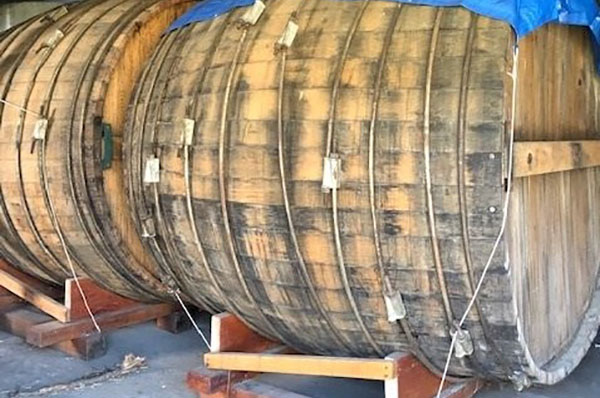Bragato Research Winery update
After two years of vision, planning and preparation, the new Bragato research winery building in Marlborough has come on in leaps and bounds in the past couple of months. The concrete has been poured, frames erected, and panel installation has just commenced.
In late October, the BRI Research Winery was registered with the New Zealand Green Building Council (NZGBC). Once certified, it will be the first in Marlborough to be sustainably-built to a five-star rated standard.
A five-star rating requires the building to adhere to certain sustainability and environmental standards. The research winery design was rated under building management, internal environmental quality, energy, transport, water, materials, land use and ecology, emissions, and innovation.
In its design, the research winery attempts to minimise the use of crucial resources like energy and water, avoid any adverse environmental impact caused by the winery facilities and activities throughout its life-cycle, and provide an environment that is comfortable, safe, and productive.
Winery features that will reduce resource consumption include the following:
Rainwater harvesting from the winery roof. Rainwater will be stored, filtered and UV-treated for use in the winery;
Building a cleaning station that will reduce cleaning requirements, and be used to collect and recycle winery wastewater;
Solar energy generation. Photovoltaic panels on the winery roof will produce up to 30% of the winery’s power requirement;
Upcycling of tōtara timber cuvés donated by Villa Maria into a conference room table - in partnership with the NMIT carpentry unit and students;
Baseline monitoring of water and energy consumption through metering;
Optimisation of fermentation temperature control through VinWizard, this will aid efficient energy usage; and
Monitoring of light, heat, energy, water, and air quality through a building management system to plan future management of resource consumption.
The implementation of a sustainable waste management plan will limit adverse environmental impact caused by waste produced as a by-product of winery operations. This will include recycling, the use of sustainable packaging and products, waste-water treatment, and grape marc (the solid remains of grapes after pressing) repurposing and research.
The winery has been designed to provide a safe and functional space for employees, researchers, and students to work in. Winery design aspects which support this are natural light and ventilation, and both heat and light sensors; carbon dioxide alarms both inside and outside the building; a conference room that adjoins the research winery via a glass wall - this provides an open space for teaching, workshops, meetings and visitors, where the activity inside the winery can be viewed without physical access, avoiding Health and Safety issues; and learning opportunities for students from NMIT and other education programmes - building research capability for the future.
Once the winery is operational BRI will aim to advance the research winery’s commitment to sustainability by engaging with the SWNZ Continuous Improvement programme – “Continuous Improvement” is a template for finding a better way of running a vineyard or winery.
For more information please see the Bragato Research Institute blog.
Date posted: 2 December 2019

